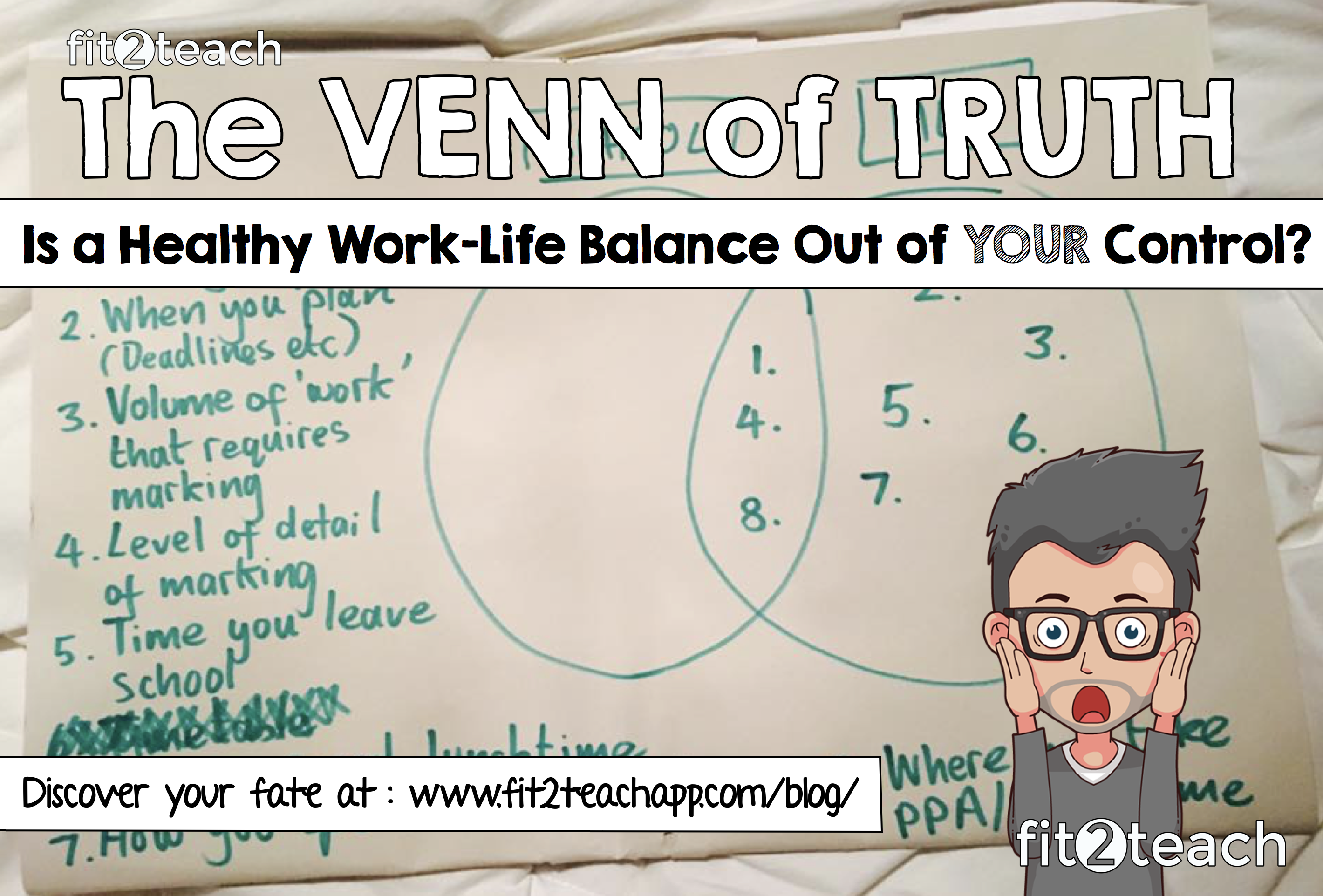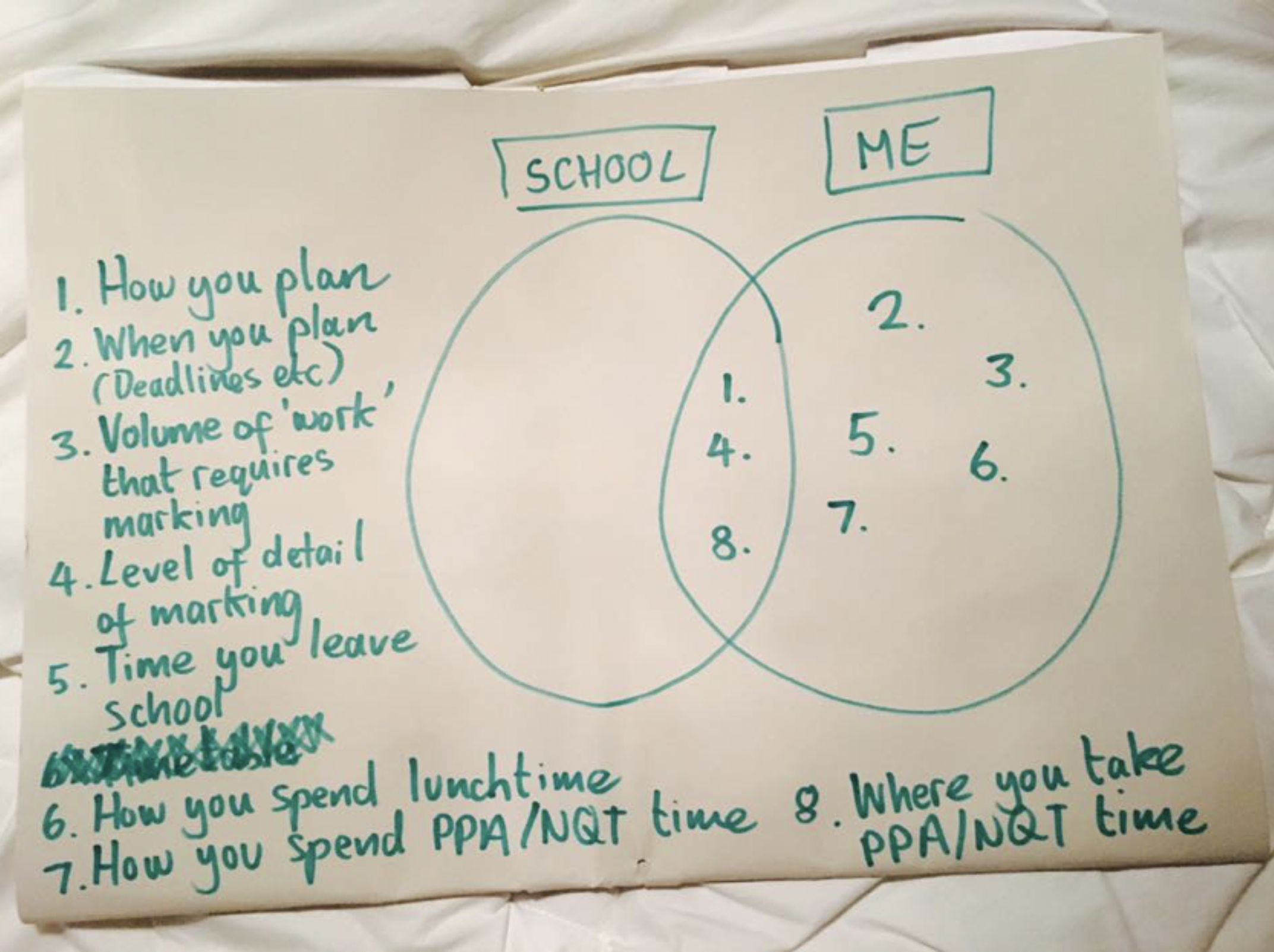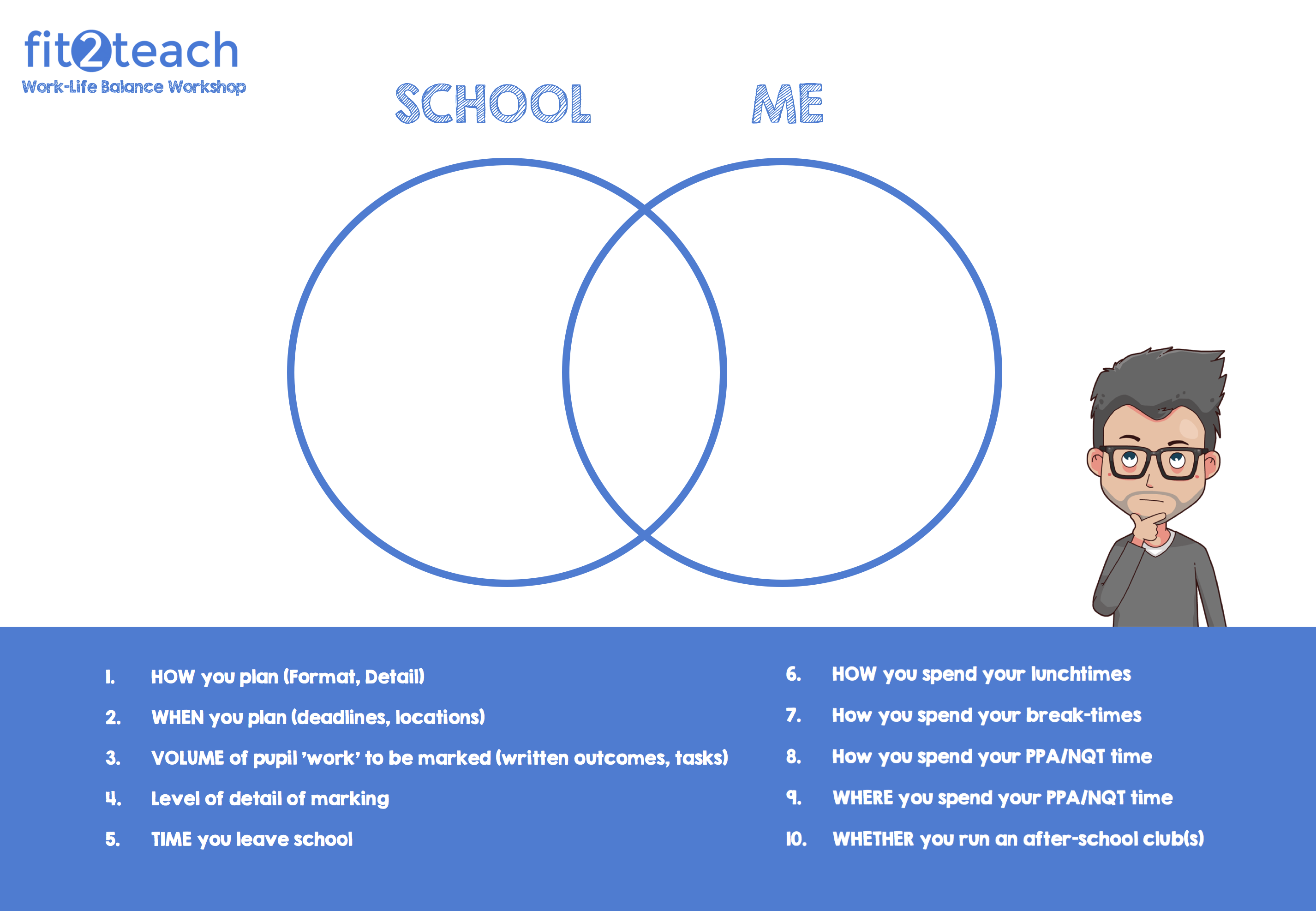
Control. It’s the one thing so many of us crave; providing us with a sense of security that can help reduce fears and anxieties to a minimal, more manageable level. We’re often expected to safely arrive at this equilibrium of seizing control of the ‘bits’ of life we’re able to; while identifying those we can choose to let go. That’s easier said than done.
The lengths we go to win even the smallest bits of control can be miniscule. Take Facebook founder – Mark Zuckerburg – who dresses in the same jeans and blue/grey t-shirt each and every day. Why? Because he can. He’s in control of what he wears; and it’s one less decision he has to make each day. He’ll consciously reduce these (often) frivolous decisions in order to give him more energy to tackle the day’s most important issues – things he may be less in control of. And there’s the more extreme measures taken to gain control: I myself needed twelve sessions of Cognitive Behavioural Therapy (CBT) to put me on the right path to be able to pick and choose where to invest my time and energy.
Few people enjoy being out of control. Teachers too. It’s a threat to our mental health both at home and at work. Teachers too. But what impact can a lack of control have on our work-life balance; on a teacher’s work-life balance? Are teachers in control of their own work-life balance destiny? Or are they at the mercy of the school in which they work?
Here’s What We Did…
We’d collected millions of items of data from thousands of teachers around the world. Their fit2teach scores were all over the place: some scoring high, some low; some worringly tragic. And yet they were each being paid (roughly) the same salary; for (roughly) the same job they were all doing to the best of their ability. Every day, the high-scorers were asked: What are you doing differently to me? Each evening, the low-scorers were asked: What changes can you make?
The posts (in our fit2teach Facebook Staffroom) were like clock-work – you could literally set your watch by them. From 8:30 until 10:00 the inquisition began. Too often, replies were met with ‘We can’t do that!’, ‘We’re not allowed.’ or ‘That doesn’t happen here.’ Remember that this was ages ago – way before teacher workload/wellbeing dare even be mentioned in a staffroom – in fact the use of fit2teach was even banned in some UK schools! That’s probably because we were (very) quickly seeing evidence to suggest that a school’s culture and approach to different aspects of school-life were shaping the work-life balance of its staff. Put bluntly: it was impossible for some teachers to improve their work-life balance.
One night I whacked-up this Venn Diagram literally as I browsed our Facebook Group in bed – hence its rather rugged appearance:

It wasn’t ever going to change the world. Eight aspects of school life widely regarded as having the highest potential impact on a teacher’s work-life balance. No discussion was allowed - a simple and strict: school, me or ‘bit of both’ were the only possible outcomes. If you couldn’t complete it in under two minutes, you were clearly overthinking things! All we wanted was for teachers to look at each element and decide whether it was in their control, somewhat it their control (middle) or more rigorously prescribed by their school or school-leaders.
It was posted at around 22:00 and I begged a couple of teachers to give it a whirl. By 23:00 we’d had hundreds of responses; each one different in its own right. We’d expect this though wouldn’t we? Each school is – and should be – unique. And yet whilst celebrating difference, a common theme hit home. Finally - for some - the penny had dropped. We’d had to map it out; but we’d somehow managed to get our lowest-scoring users looking more towards their school as the reason they were struggling to improve scores and their work-life balance. Discussion changed from I and you, to we. They stopped questioning themselves; stopped blaming themselves. They weren’t doing anything wrong. They were just in the wrong school.
Can your School Dictate your Work-Life Balance?
We collected responses and turned each school into a numerical value using a very complex and robust scoring system. You bagged a point for elements in your control and lost one if out of your control. For anything in the middle, absolutely nothing happened at all. Some teachers scored a perfect 8 (trusted, working with freedom in non-prescriptive schools), some a steady 0 (a bit of both) and some -8 (working in highly-prescriptive schools with little or no control).
Now all we needed was a way to test how these numbers impacted on work-life balance. If only there was a measure out there!? A database of staff wellbeing data for these teachers!? Data they’d been collecting over months!? (Shameless promotion incoming!) Oh wait – there was – the fit2teach App and staff wellbeing platform available freely as an individual and discounted as a whole-school wellbeing tracker. Sorry.
So we ran the numbers. Users were invited to share their fit2teach scores alongside their scores from the Venn diagram. With help from my mate - Steve – I got to grips with the correct statistical tests required to test the relationship between the two. And *poof* just like that – a positive correlation at the highest level of significance. Boooooom! It wasn’t going to make any educational journal; but little old me had just identified a causal link between a school’s culture and practices and the chances of a teacher either having – or being able to improve – their work-life balance.
Teachers scoring between 5 – 8 (highly) on the Venn diagram (those with greater control and freedom of practice) presented the highest/most encouraging work-life balance scores on the fit2teach App. Practitioners presenting consistently lower work-life balance scores were working with more constraints and less control, with our lowest-scoring and most vulnerable practitioners coming from the most prescriptive schools. All data aligned and adhered to this trend. It was therefore concluded that only teachers working with an element of trust and freedom were in a position to improve their work-life balance. The more prescriptive a school, the poorer the work-life balance of its staff.
So, yes. Your school can – and does – dictate your ability to have, hold onto and improve your work-life balance. But we knew that anyway. Didn’t we?
Why Share This Now? Why Not Sooner?
Because it’s so vitally important – which sounds weird. It needed to right moment and climate. We’ve sat on this data for what seems like an eternity. During this wait, the majority of schools were largely closed-off to the idea of change. The concept of staff/teacher wellbeing was seen as much as a threat to school standards as it was vital to its success. Thank goodness we’ve moved on; or are at least moving in the right direction.
And now - with staff wellbeing firmly on Ofsted’s agenda – the time is right. All it takes is a single school-leader to take notice of this post; to consider the changes they could make to give staff more control; and to implement them over the next term. That’ll see (roughly!) ten teachers handed the opportunity to improve their work-life balance and wellbeing. We’ll take that. The time is now.
How Can fit2teach Support Attempts to Improve Staff-Wellbeing?
Every school needs measures of success. So let us measure and celebrate your gains in staff wellbeing. Individually, staff can join (for free!) the thousands of practitioners who claim the fit2teach App (available on iOS, Android and desktop) helped them identify patterns and trends to make small changes to daily routines, in order to work more efficiently with their workload and wellbeing in mind.
More impressively, join the growing number of schools choosing fit2teachSchools as a whole-school wellbeing platform to collate unique and anonymous staff wellbeing data to identify areas for development. Stay up-to-date with the impact and progress of your wellbeing agenda; share with us and celebrate with us as we provide you with the evidence you need 24/7. From your own wellbeing dashboard, to real-time reports exported and printed at your leisure – a staff wellbeing folder without the hassle and work. Engagement at a level never thought possible.
Seriously though – cringey corporate-style pitches aside – we’re here to collaborate with schools; to save someone in your building: time, additional work, stress and worry. We want schools to welcome the question ‘And what are doing to support staff-wellbeing?’; to be prepared and confidently waiting with all the evidence you need to show-case your engagement in promoting and safeguarding staff wellbeing.
Plus, we’re lovely. I promise.
So, How Did YOU Score?
If you’re still reading this, I’m guessing you either already know or are about to run the numbers for your own school to learn your fate of your work-life balance.
Below is an updated version of the Venn that takes practitioner feedback into account and thus provides ten outcomes rather than the original eight. Same rules and scoring apply on a scale between 10 and -10 (please don’t score -10!). We’ve handed this out at conferences and INSET; and have consistently found that outcomes support the findings above. Naturally, they’ll be exceptions to the rule; so (please!) don’t bash us! And they’ll be that oxymoron of prescriptive policy that forces more freedom – something a statistical test will struggle to negotiate. But we’ve done our best to open the discussion and provide a starting point.
So good luck on your teaching adventure; wherever that may take you. #YouGotThis
